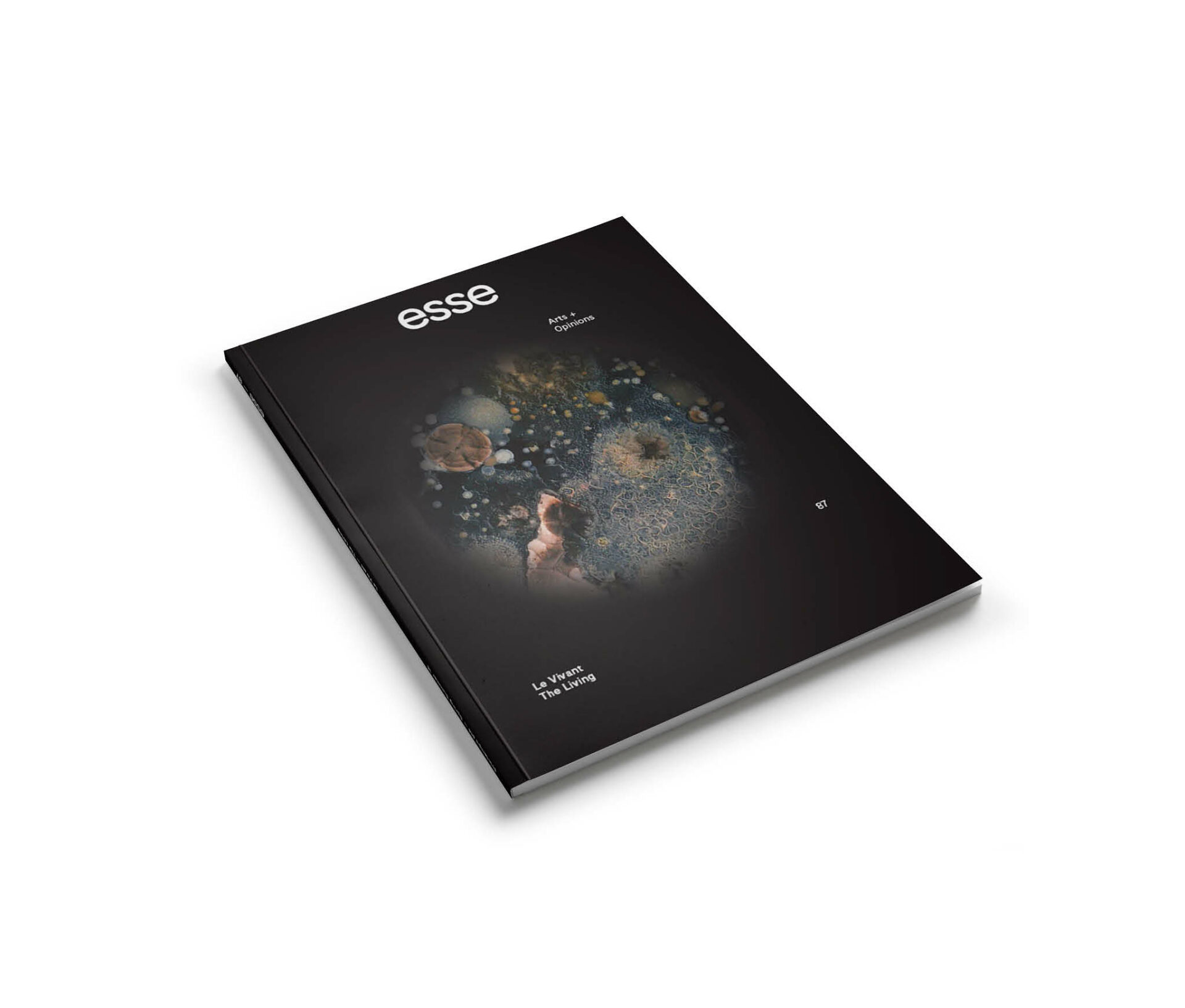
Photo : Paul Litherland, permission de l’artiste
Toward an Anti-Speciesist Aesthetic?
What she had seen was one of eight stuffed animals, from the Fatigues 1 1 - Fatigues is used here in the sense of camouflaged military clothing. series (2014), that Toronto artist Abbas Akhavan had discreetly placed throughout the Musée d’art contemporain de Montréal. Intentionally exhibited without lighting or an explanatory text, some of them went entirely unnoticed by the visitors. Originating in the boreal forest, the species chosen by the artist are all recognized for their difficult coexistence with humanity. And it is precisely their contact with humans that led them to their grievous fate: the red fox and the porcupine had been hit by motorists, the birds had collided with buildings, and the stag had been killed by a hunter. In a sense, Akhavan’s staging lends them a second life. Laid out in natural poses, they seem suspended between sleep and death. The disquieting presence of these intruders — evolving in parallel to the exhibition of which they are not an official part — invites contemplation, and occasionally provokes disdain.
